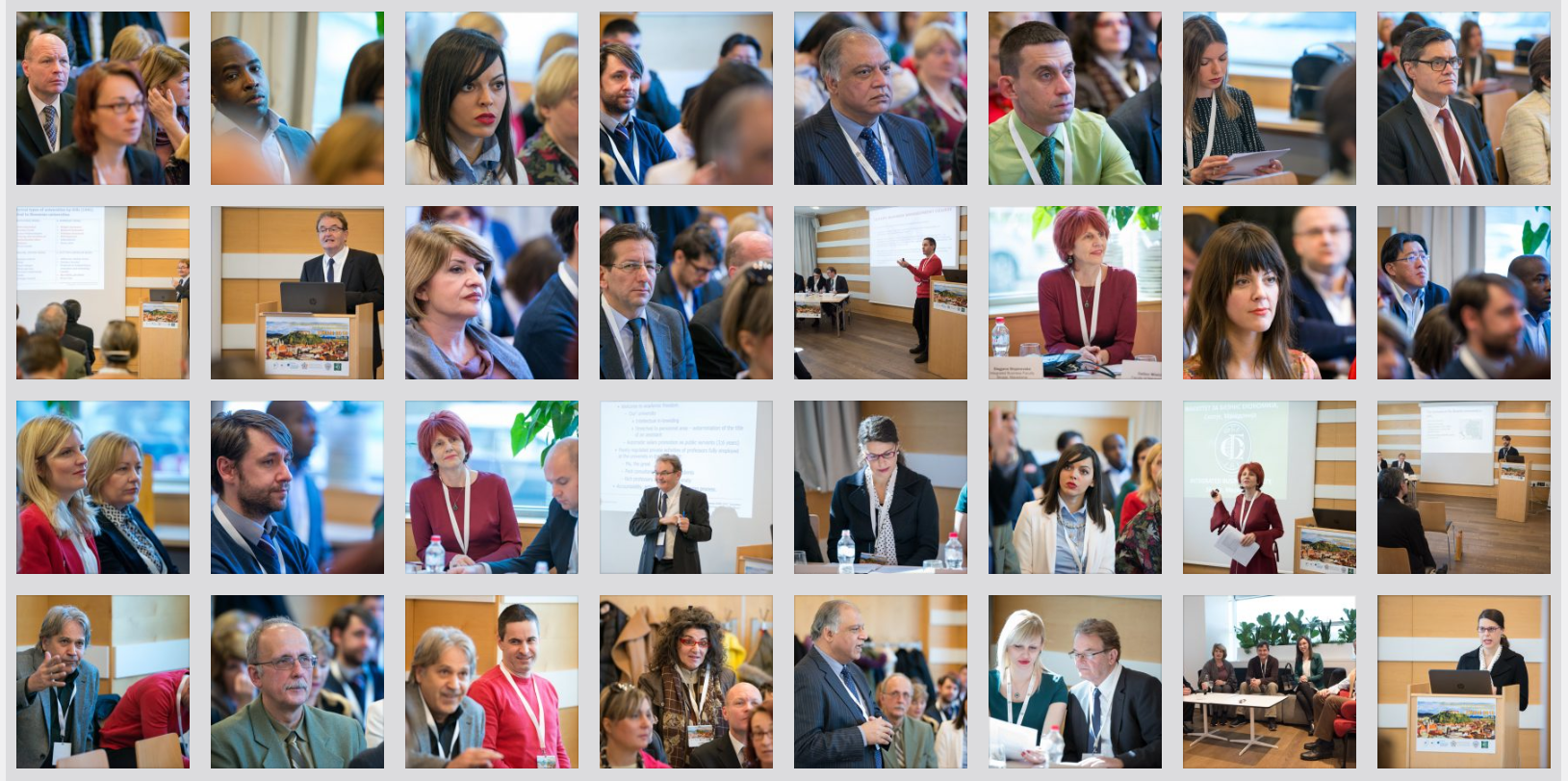Hedvig Szabó – University of Győr, Deák Ferenc Faculty of Law and Political Sciences, Áldozat utca 12., 9026 Győr, Hungary
Keywords:
Artificial intelligence;
Business security strategy;
Cybersecurity
Abstract: The rapid advancement of technology and the digital transformation of the business environment have introduced new vulnerabilities, making cybersecurity a paramount concern for companies worldwide. This paper explores the evolving nature of cyber threats, with a particular focus on the rise of artificial intelligence (AI) in facilitating cyberattacks. Utilizing a combination of theoretical analysis, including the PESTEL framework, and empirical data from a survey of Information and Communication Technology (ICT) company leaders in Hungary, this study underscores the dual role of AI in cybersecurity. AI not only enhances the capabilities of cyber defense mechanisms but also significantly amplifies the potential and sophistication of cyberattacks. The research findings indicate a noticeable increase in AI-led cyberattacks, which are characterized by their complexity and the challenge they pose to traditional cybersecurity defenses. This trend necessitates a strategic shift in how businesses approach their security strategies, integrating advanced technological solutions and adopting a proactive stance toward identifying and mitigating emerging threats. The paper concludes with recommendations for future research directions, emphasizing the need for continuous adaptation and the integration of cybersecurity considerations into the broader strategic planning process of companies.

Download full paper

8th International Scientific Conference – EMAN 2024 – Economics and Management: How to Cope With Disrupted Times, Rome, Italy, March 21, 2024, CONFERENCE PROCEEDINGS, published by: Association of Economists and Managers of the Balkans, Belgrade, Serbia; ISBN 978-86-80194-83-7, ISSN 2683-4510, DOI: https://doi.org/10.31410/EMAN.2024
Creative Commons Non Commercial CC BY-NC: This article is distributed under the terms of the Creative Commons Attribution-Non-Commercial 4.0 License (https://creativecommons.org/licenses/by-nc/4.0/) which permits non-commercial use, reproduction and distribution of the work without further permission.
REFERENCES
Aslan, Ö., Ozkan-Okay, M., & Gupta, D. (2021). A Review of Cloud-Based Malware Detection System: Opportunities, Advances and Challenges. European Journal of Engineering and Technology Research, 6(3), Article 3. https://doi.org/10.24018/ejeng.2021.6.3.2372
Burton, J., & Lain, C. (2020). Desecuritising cybersecurity: Towards a societal approach. Journal of Cyber Policy, 5(3), 449–470. https://doi.org/10.1080/23738871.2020.1856903
Buzan, B. (2000). Rethinking Security after the Cold War. In National and International Security. Routledge.
Duo, W., Zhou, M., & Abusorrah, A. (2022). A Survey of Cyber Attacks on Cyber Physical Systems: Recent Advances and Challenges. IEEE/CAA Journal of Automatica Sinica, 9(5), 784–800. https://doi.org/10.1109/JAS.2022.105548
Howard, R. (2023). Cybersecurity First Principles: A Reboot of Strategy and Tactics. John Wiley & Sons.
Luo, Y. (2022). A general framework of digitization risks in international business. Journal of International Business Studies, 53(2), 344–361. https://doi.org/10.1057/s41267-021-00448-9
Malicious Uses and Abuses of Artificial Intelligence. (2023). https://documents.trendmicro.com/assets/white_papers/wp-malicious-uses-and-abuses-of-artificial-intelligence.pdf
Mascellino, A. (2023, September 12). Cyber-criminals “Jailbreak” AI Chatbots For Malicious Ends. Infosecurity Magazine. https://www.infosecurity-magazine.com/news/cybercriminals-jailbreak-ai/
Pisano, G. P. (2015, June 1). You Need an Innovation Strategy. Harvard Business Review. https://hbr.org/2015/06/you-need-an-innovation-strategy
Roser, M., Ritchie, H., & Mathieu, E. (2024). What is Moore’s Law? Our World in Data. https://ourworldindata.org/moores-law
Sabri, S., Gani, A., Shuib, L., & Yadegaridehkordi, E. (2018). COMRAP 2018.
Wang, P., Gao, H., Guo, X., Xiao, C., Qi, F., & Yan, Z. (2023). An Experimental Investigation of Text-based CAPTCHA Attacks and Their Robustness. ACM Computing Surveys, 55(9), 196:1-196:38. https://doi.org/10.1145/3559754
Yamin, M. M., Ullah, M., Ullah, H., & Katt, B. (2021). Weaponized AI for cyberattacks. Journal of Information Security and Applications, 57, 102722. https://doi.org/10.1016/j.jisa.2020.102722

